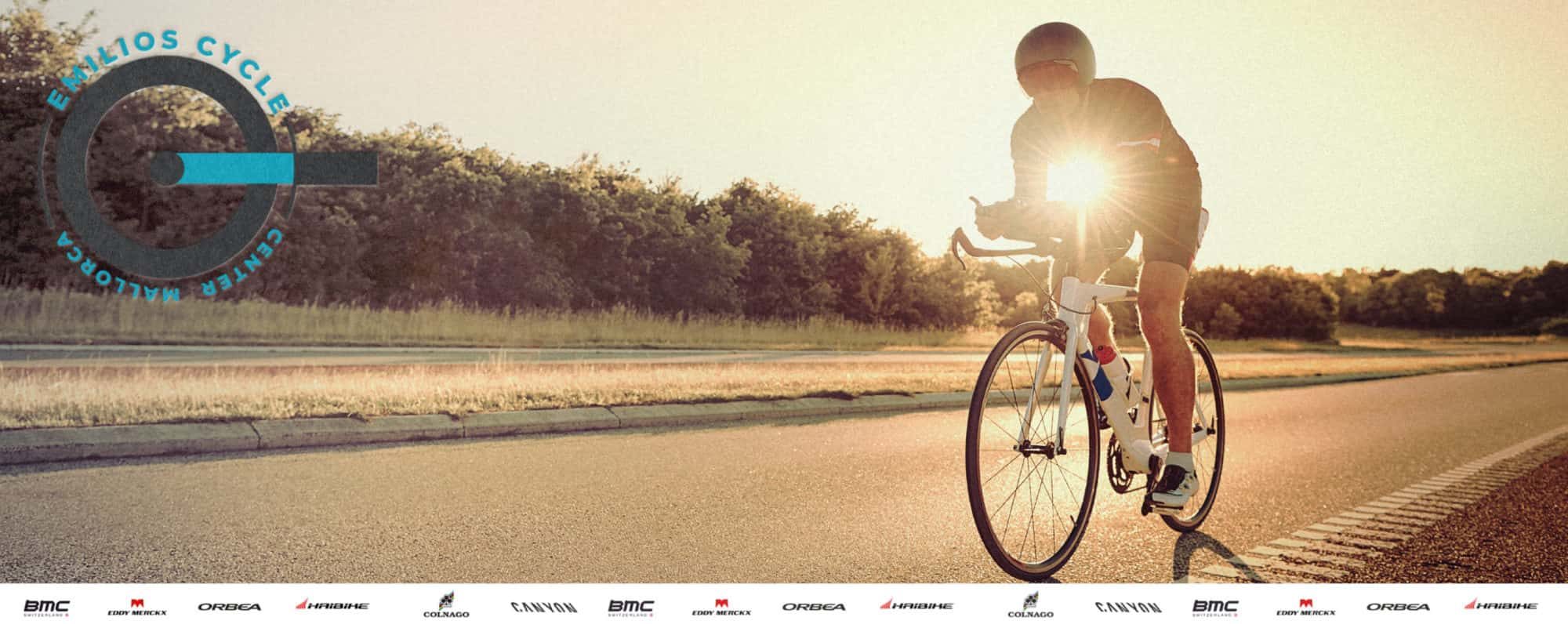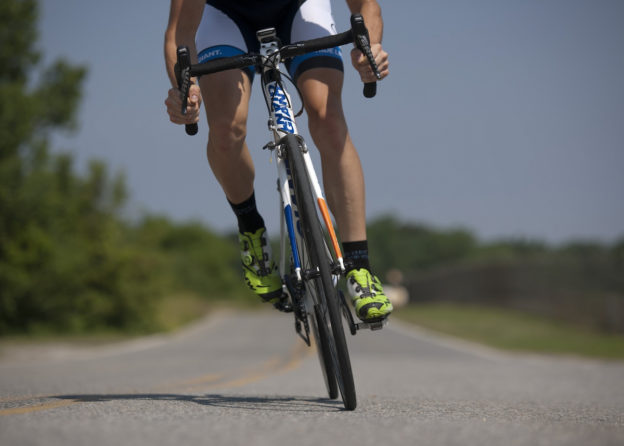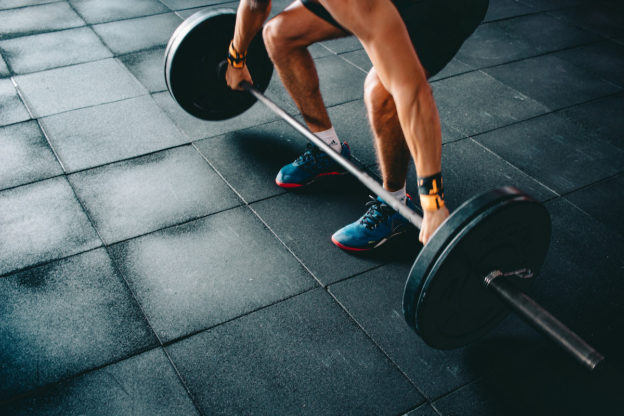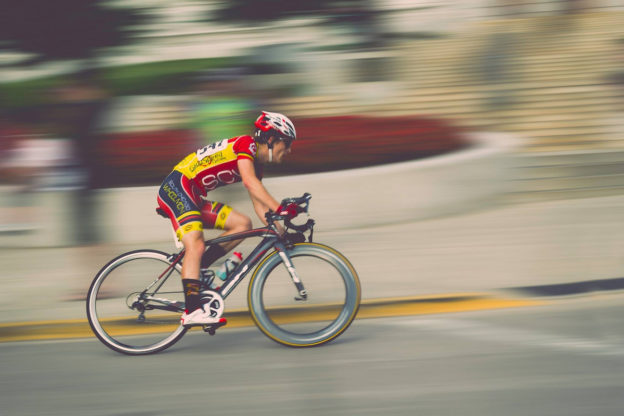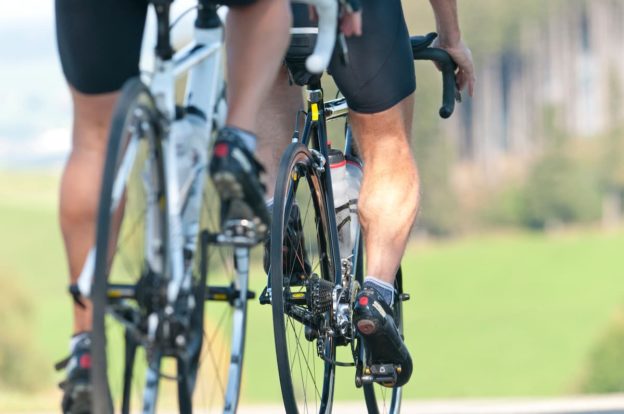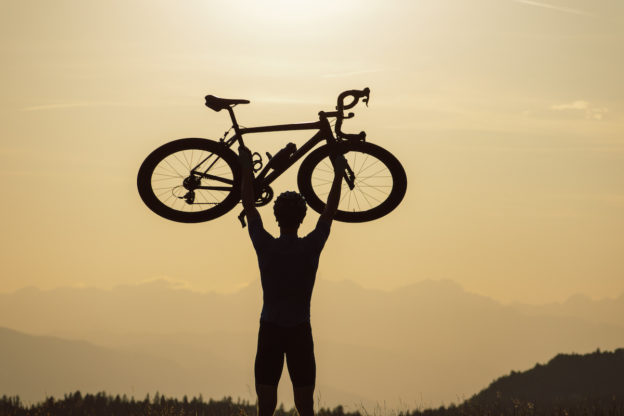Cycling is a low-impact aerobic activity that can help people improve their health and fitness. It is a good activity that many people may include into their daily lives as a mode of transportation, a leisure hobby, or a competitive sport to improve their overall health. Due to the fact that it is easy to begin and suitable for individuals of all fitness levels, it is a popular physical activity.
One of the most essential things that individuals can do for their well-being is to engage in regular physical exercise, such as cycling. Many standards indicate that individuals engage in 150–300 or 75–150 minutes of moderate or high intensity aerobic activity per week for significant health benefits.
According to research, more individuals than ever before are cycling around the world, and experts continue to correlate cycling with increased fitness and decreased chances of certain ailments. This article will go over the health advantages of cycling as well as the hazards and safety measures that individuals should take.
The World Health Organization (WHO) advises that individuals engage in at least 150 minutes of moderate aerobic physical exercise each week, such as cycling. According to research, cycling can bring a variety of health advantages, including the following:
1. Cardiovascular fitness
Several studies have shown that cycling may help to enhance heart health in both men and women. Cycling to work has several health benefits, including improved cardiovascular function, for those who participate. The risk of dying from cardiovascular disease was decreased by 52 percent for cyclists who commuted, while the risk of having the condition was cut by 46 percent for cyclists. Furthermore, the results of the research indicate that, in addition to improving heart health, cycling to work may reduce the risk of developing cancer.
2. High blood pressure
In certain individuals, high blood pressure, often known as hypertension, is a risk factor for cardiovascular disease. Some specialists believe that physical exercise, such as cycling, might be the main treatment for many illnesses. Cycling may also help lower blood pressure over time. According to the analysis, blood pressure may drop by 4.3 percent after three months and 11.8 percent after six months. Cycling is also an excellent way for patients with type 2 diabetes to control their blood pressure.
3. Weight management
Cycling is an effective workout for reducing body fat and bulk. If a person wants to reduce weight, he or she must follow a healthy diet and exercise regularly. Cycling may aid in weight management since it boosts metabolic rate, develops muscle, and burns body fat. It is also adaptable, which means that a person may vary the time and intensity of their exercise to meet their needs. According to research, moderate cycling may burn up to 300 calories per hour depending on a person’s body type. Increased intensity allows a person to burn more calories in less time.
4. Health of the lungs
Cycling may also aid in the improvement of cardiorespiratory health. Research found that cycling for 170–250 minutes per week may significantly enhance lung health. Cycling is useful for both those with and without lung conditions to maintain their lungs healthy. Physical exercise may also assist the immune system defend against respiratory infections like SARS-CoV-2, which produces COVID-19. Cycling on a regular basis may also assist patients with lung conditions improve their lung function.
5. Mental well-being
Cycling, for example, was associated to better mental health in a sample of over a million adults in the United States. According to one research, there is a correlation between the two, as well as improvements in several cognitive abilities. Regular exercise may help decrease anxiety and sadness, in addition to enhancing cognitive performance.
6. Levels of fitness
Many standards advocate frequent aerobic activity, such as cycling, walking, jogging, or swimming. Cycling may be very beneficial for fitness since it allows individuals to adjust the intensity to their requirements.
According to research, those who cycle often or include cycling into their physical activity are usually fitter than persons who engage in other physical activities. According to the same survey, about 90% of persons who ride to work meet physical activity criteria.
7. Minimal impact
Cycling is a low-impact type of exercise that is suitable for elderly persons and those with weak or injured joints. Following procedures such as total hip and knee arthroplasty, orthopedists may advocate cycling on flat terrain or inside. The low-impact nature of the activity allows a person to remain active while accommodating a range of ailments and limitations.
8. It is environmentally friendly
Cycling is the most environmentally friendly means of urban transportation, causing almost little pollution. Cycling takes very less area and is cost effective for both bikers and public infrastructure. As a result, it is ecologically, socially, and economically sustainable.
9. Coordination and balance
Cycling may engage the cerebral cortex and stimulate motor areas in the central nervous system, which may aid enhance motor learning and balance. As a consequence, professionals may suggest cycling as part of an effective rehabilitation program for those who have balance disorders and difficulty walking. Cycling may also assist a person improve their core stability, which can aid in injury prevention.
10. Simple to get in
Cycling is also a reasonably simple and inexpensive kind of physical exercise to begin. It does not need any special abilities and combines mobility with physical exercise, making it accessible to a wide range of people. Cycling may also be incorporated into people’s lives in a variety of ways, such as at home on an indoor cycle, as a mode of transportation, or as a recreational activity.
Hazards and safety
Many individuals avoid riding because they are concerned about their safety. There are, however, a number of measures to make cycling safer and less stressful, including:
- Getting medical advice: People who have specific medical issues may be concerned about their fitness, health, accidents, or falling off a bicycle. It could be a good idea for them to consult with a doctor about the safety of cycling. They could also think about mild indoor cycling as a safer option.
- Wearing a helmet: Research shows that wearing a helmet when riding outdoors decreases the chance of suffering serious head injuries in a bicycle collision by roughly 50%.
- Cycling gear: Cycling gear generally includes bright colors and reflective materials, which assist riders be seen by vehicles. They also have textiles that have fibers that manage moisture from perspiration, which may help to avoid chafing. Bicycle shorts are often equipped with a thick pad to offer cushioning and avoid chafing.
- Choosing an appropriate bicycle: A person should look for a bicycle that is good for them and puts less strain on the body, such as a comfort bicycle. There are many different types of bicycles available, and professionals at a bike shop may be able to recommend an appropriate bike for a person.
- Choosing a decent posture: In addition to selecting a proper bicycle, users should choose an appropriate bike position, since this may assist avoid injury and improve performance.
- Using a cushioned saddle: Padded saddles help support the body and alleviate numbness, tingling, and pain.
- Minimizing pollution exposure: While the advantages of cycling exceed the hazards of exposure to air pollution, if a person is worried about these concerns, they may be mitigated. They may, for example, choose fewer polluting routes and avoid rush hour traffic.
Summary
Cycling has a wide range of health advantages, and regular exercise may help lower the chance of developing a number of severe ailments as well as lengthen one’s life. Cycling, for example, may be beneficial to one’s cardiovascular, pulmonary, and psychological health.
Cycling is also a suitable sport for the majority of people, and it is something that many people may include into their daily routine. People may also take safety steps to make riding safer, such as wearing protective clothing, selecting an appropriate bicycle, and cycling in locations with lower levels of air pollutant pollution.
